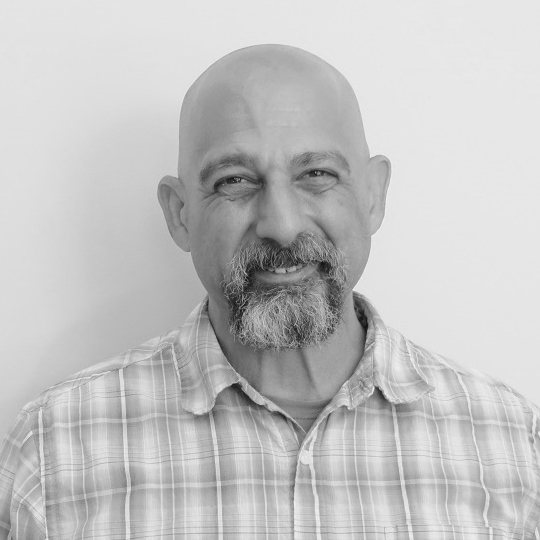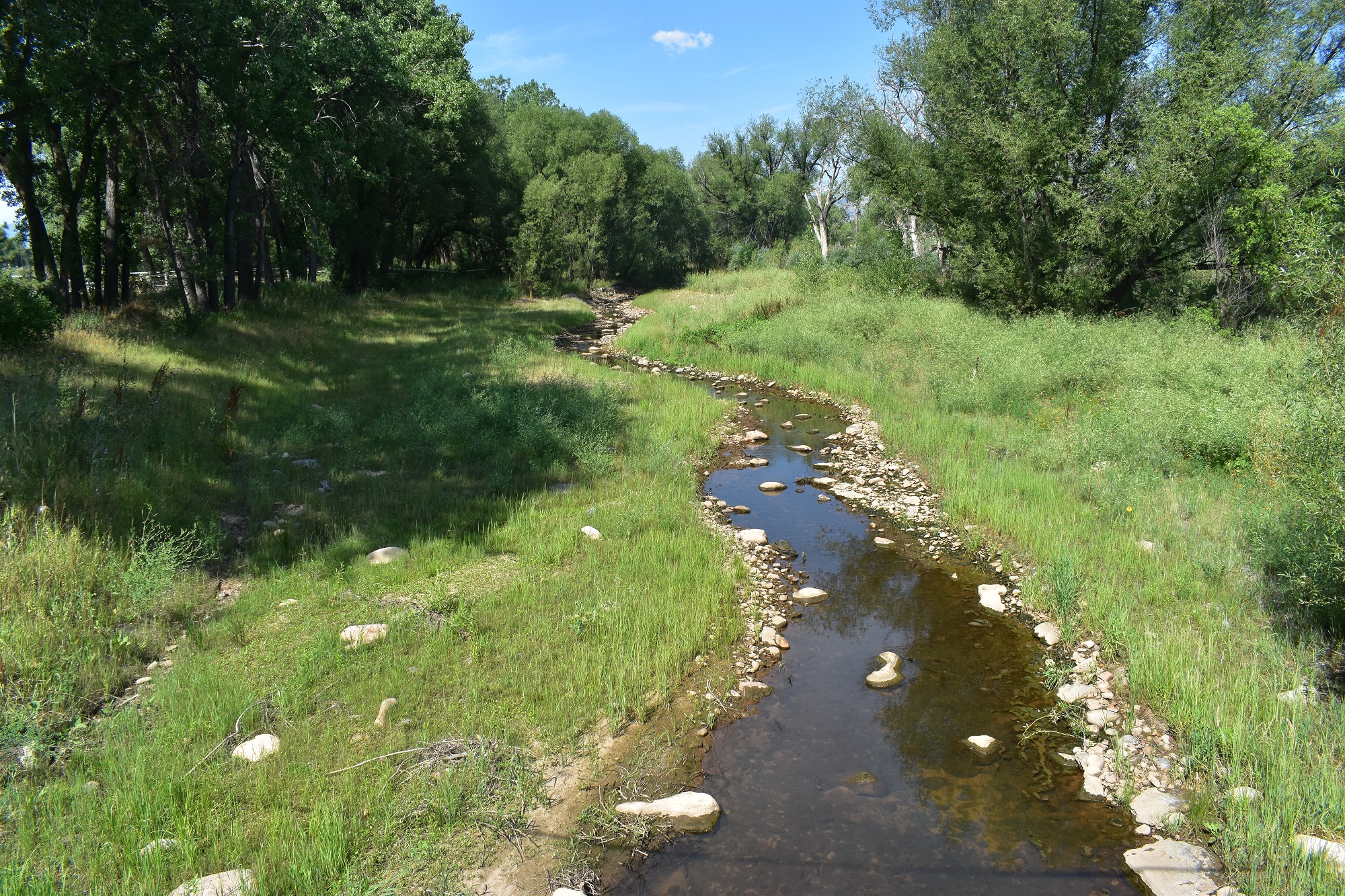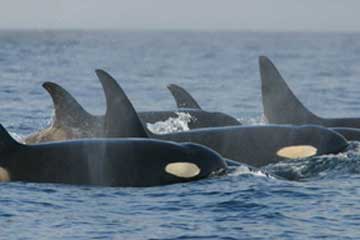
Vice President of Technical Services to Present at Army Corps Natural and Nature-Based Features Symposium
September 5, 2018
Colorado Association of Stormwater and Floodplain Managers Award
October 1, 2018by Liz Clift
Historically, conservation groups were responsible for saving the whales. The earliest of these groups was the American Cetacean Society, which was founded in 1967. More groups focused on whale conservation, education, and research formed soon after and include the Center for Whale Research which has been performing orca surveys since 1976[1]. The Center for Whale Research has specifically focused on the study and conservation of the Southern Resident Killer Whales (SRKW; Orcinus orca), which make the Salish Sea their home.
The SRKW made news earlier this year, when a grieving mother orca (J35 aka Tahlequah, b. 1998) carried her calf—which died half an hour after it was born—for 17 days. This mourning period is unprecedented among orcas (although a mourning period, in general, is fairly common). At the same time a young orca (J50 aka Scarlet, b. 2014 to a different mother in the J-pod) was, starving to death
The SRKW population totals only 74—a number that puts their population at risk. The death of J35/Tahlequah’s baby brought this into stark relief because no babies have been born—and survived—in any of the three pods that make up the SRKW in the three years. Stress factors attributed to the SRKW plight include: toxic pollutants, vessel noise, and lack of salmon (their primary food).
Drastic measures were taken by multiple agencies, scientists, and researchers from the US, Canada, and the Lummi Nation, who provided chinook (Oncorhynchus tshawytscha) for J50/Scarlet to eat. The team administered an antibiotic injection to J50/Scarlet and as of late August, she’d been spotted socializing with other members of her pod. As of this publication J50 is presumed dead.
SRKW are unique among orcas. They spend their life in the Salish Sea and eat primarily chinook, which has earned them the nickname “fish-eating orcas.” These whales were also heavily impacted by the marine mammal trade for marine park exhibition. Between 1965 and 1975, 13 SRKW died and 45 were delivered to marine parks around the world[2]. In addition to the hardships faced by whales in marine parks, whales were historically killed as part of the commercial whaling industry. Commercial whaling ended in 1986.
While this may (or may not) tug at your heart-strings, protecting whales means increasing the resiliency of marine ecosystems. “Whales,” as Asha de Vos states in her TED Talk Why You Should Care about Whale Poop, “are ecosystem engineers. They help maintain the stability and health of the oceans, and even provide services to human society.”
Whales help cycle nutrients from deeper in the ocean—which stimulates the growth of phytoplankton (which forms the base of all marine ecosystems), help move carbon from the surface of the water into the deeper ocean and provide a meal for up to 400 different species when they die. They’re also an apex predator, which helps keep their prey populations in check. Whales feed on a variety food ranging from plankton and krill to sharks—and it’s through this feeding (and their fecal plumes) that whales are able to sink carbon.
But even with the moratorium on commercial whale fishing, whale populations continue to remain well below their historic levels. To help our ocean ecosystems, we must continue to make steps toward helping whales. The specific steps needed to protect whales varies from species to species—and location to location—so from here, I’ll return my focus to the SRKW. The three major stressors impacting the SRKW are degraded habitats (including those of their prey species) and contaminants within those habitats, prey population, and disturbance from vessels.
Habitat Restoration & Contaminants
SRKW depend on chinook populations—but damming rivers and commercial fishing both impact chinook populations. The average adult SRKW needs to eat 18 – 25 adult chinook a day. Chinook can weigh up to 100 pounds, but average about 30 pounds as adults. And, in recent years, very large chinook are becoming rarer.
Dam removal projects, such as the Elwha dam removal, can help restore connectivity between the ocean and salmon spawning grounds—and improve overall forest and watershed health (which are linked to improved ocean health). The Columbia River and the Snake River have been identified key rivers to restore.
The waters of the Salish Sea—as well as adjacent upland areas—should also be the focus of a restoration effort with the goal of reducing the number of contaminants entering the food chain. Since the SRKW are apex predators, they consume contaminants consumed in all the lower trophic levels, through bioaccumulation. This may lead to lower rates of fertility, increased calf mortality, and other problems with the whales. In addition, these contaminants can impact populations of fish (known as forage fish) that chinook rely on, thus also reducing prey populations for the SRKW.
In addition, continuing efforts to restore seagrass in the Salish Sea is critical to improving salmon habitat. Seagrass provides habitat for juvenile fish of many species, including salmon and increases in seagrass meadows could lead to higher overall fish populations as well as Chinook populations.


Prey Populations
In addition to habitat restoration activities that can help restore overall salmon populations, as well as populations of forage fish, daily bag limits on chinook can help ensure more fish make it to their spawning grounds. Recently, some Washington restaurants made the decision to stop serving chinook for the foreseeable future, in order to support the SRKW population. Although not many restaurants are currently choosing this route, if enough do elect to stop serving chinook, it could begin to force changes on commercial fisherman.
It isn’t just human salmon catches that have raised concerns. Recently, discussions have begun anew on reducing the number of other ocean-dwelling predators that eat salmon, including harbor seals and sea lions. The thought behind this is that if these competing predators are killed, more salmon would be available for the whales. But predator-control efforts often don’t result as intended and are focused on a top-down management view (i.e. – fewer predators equals more prey instead of more prey equaling more food for predators—as thus allowing target predator populations to expand [in the case of the SRKW]).
Noise Pollution and Vessel Disturbance
Noise within the Salish Sea has been cited as another problem impacting the SRKW. The Salish Sea is a popular shipping channel, contains numerous port cities, and is traversed by ferries taking people from the mainland to the populated islands off the Washington coast, as well as whale watching and fishing boats. In 2008, regulations were put in place to require boaters to steer clear of orcas, which can help reduce noise and general disturbance from these boats. In addition, a voluntary “no-go” zone has been established at one of the SRKW forage and socialization sites.
All of these are helpful measures; however, noise from these boats can impair the orcas ability to hunt—as well as limit their ability to communicate with the rest of their pod to stay safe or find mates. In 2017, some ships participated in a voluntary slow down near one of the SRKW popular feeding grounds west of San Juan Island. The hope was that slower ships would decrease underwater noise—and hopefully have a positive impact on the whales. The preliminary analysis indicated that this experiment was a success, with underwater noise levels falling by nearly half.
In short, there’s no easy answer. But Washington state governor, Jay Inslee signed Executive Order 18-02 in March 2018 designating state agencies establish a Task Force and take other immediate action to benefit the SRKW, with a goal of developing longer term recommendations for SRKW recovery and sustainability. A full draft of the recommendations was released earlier this month and a final set of recommendations is due by November 2018. A second report, which will outline progress made, lessons learned, and unmet needs will be developed by October 1, 2019.
Steps recommended by the Task Force, along with steps already being taken by those who have dedicated their lives (or free time) to ecological restoration, improved fisheries, whale conservation, and marine science, among other fields will hopefully lead to healthier and more vibrant whale populations—as well as healthier marine ecosystems, overall.
[1] In this blog, I’ll use whale to refer to both baleen and toothed whales, including orcas. Orcas are the largest member of the dolphin family.
[2] Free Willy provides a fictionalized glance (Keiko was not an SRKW) into what happened to whales who were captured for marine parks (Freeing Willy provides a 12 minute long look into what happened to Keiko, the whale who played Willy, after the movie was filmed)—and the movie Blackfish highlights the living conditions of whales in these marine parks.
